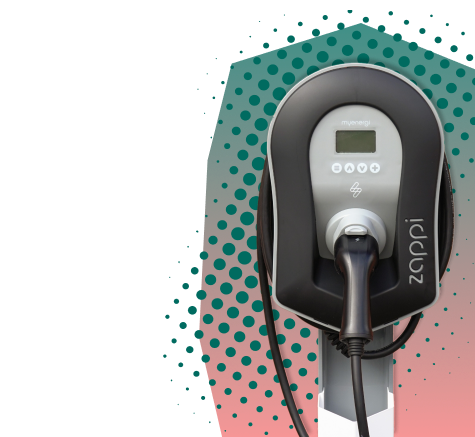What is Smart Grid and what role does software play?
A smart grid consists of computers, controls, automation and new equipment working together, in order to respond to the quickly changing energy demands. An electrical grid includes a variety of different energy measures and operations. It refers to a network of transmission lines, substations and transformers that deliver electricity from the source (power plant) to your home. The introduction of the “smart” aspect in smart grid technology implies a fundamental re-engineering of the energy industry, as the existing infrastructure has been built on outdated technology, and we’re moving into new, advanced ways of designing infrastructure. Essentially, the “new” which refers to the new way of sensing and monitoring is what makes a grid smart.
The benefits of a smart grid are:
- More efficient transmission of electricity
- Quick response to energy disturbances
- Reduced management and operations costs for utilities
- Lower power costs for consumers
- Reduced peak demand
- Better integration of renewable energy systems
- Improved security of energy
So, what role does software play in this? Well, software is obviously the bridge between the smart grid and the monitoring of it. Smart grid software platforms are the underlying elements that support applications. It helps with maintaining grid stability, ensuring power quality, enabling sector coupling and dealing with ageing assets. The introduction and development of the right software will be crucial for the digitalization of the energy sector, as it will help to build agile and resilient systems.
Since we now know what a smart grid is and the importance of the software. It’s time to discuss smart grid software market trends that are expected to accelerate the future. Let’s have a look.
 Digital transition of the energy sector
Digital transition of the energy sector
One of the trends that will have an enormous impact on the smart grid software market is the digitalization of the energy sector. World Economic Forum expects that the digital transformation of electricity will value at $1.3 trillion from 2016 to 2025 alone. Because software is an integral part of this process, it will propel the sector exponentially. Platforms responsible for connectivity and accurate data, monitoring and analytics will be in huge demand in order to accelerate the change in the sector and create a more sustainable energy infrastructure.
Advanced Metering Infrastructure to pick up the pace and growth
Advanced metering infrastructure (AMI) is an integrated system of smart meters, communications networks, and data management systems, that enable two-way communication between utilities and customers. It’s an important part related to the software, and it offers significant operational benefits, by reducing operating costs, identifying outages, and eventually generating more accurate bills. The increased demand for AMI is obviously going to be a big driver for the software sector.
Government support for Smart Grid will become crucial
Governments around the globe are showing support for the transition of energy infrastructure to smart grid, which will have a big impact on the trajectory of the smart grid software market. An estimate by International Energy Agency (IEA) says that Europe alone will require investments of €1.5 trillion over 2007-2030 to renew the electrical system from generation to transmission and distribution. That is the reason why governmental support will become crucial for the market. In the United States, the US Department of Energy runs the Smart Grid Investment Grant which provides financial support for projects related to smart grid technologies. In Europe, although the projects are not equally distributed geologically, there is a lot of investment provided to accelerate the adoption of the smart grid. The total budget for all the projects is estimated at over €5 billion. Moreover, the EC Standardization Mandate for Smart Grids was brought forward to help standardize the infrastructure and is a further contribution to the energy policy goals. This support will not only drive the deployment of smart grid technologies but will also accelerate the growth of the smart grid software market.
APAC dominates the market, with the US having a big share in it as well
APAC is expected to dominate the smart grid market in the next few years. Countries like China, India and Japan will be at the forefront. Especially China, which has set itself a goal to become a world leader in electrical power equipment by 2025, something that has been outlined in their national technological strategy. There is a big amount of investment allocated to the deployment of such technologies. There has been a lot of importance stressed on the significance of smart grid development, to improve its ability and resilience in many countries within the APAC region. Additionally, due to the significant investments in the power supply and the beforementioned support from the government, the US will join APAC in the market share of smart grid and subsequently the smart grid software market. Because of the accelerated efforts for digitalization of the energy industry in the country, it will create many opportunities within the US for the software sector.
Due to the expected acceleration of the smart grid software sector, there will be many opportunities for growth for startups and scaleups. Because of the specifics of smart technology recruitment, finding the right talent to fill in roles might pose a challenge for some. That’s where Storm4 comes in! We pride ourselves on working with the best candidates in the market, so don’t hesitate to reach out to us and our expert consultants to f











